Details of the 2nd-prize Artling Pavilion entry by 23.5 G-Architects, Bence Pap, and Parsa Khalili
By Bustler Editors|
Wednesday, Jun 10, 2015
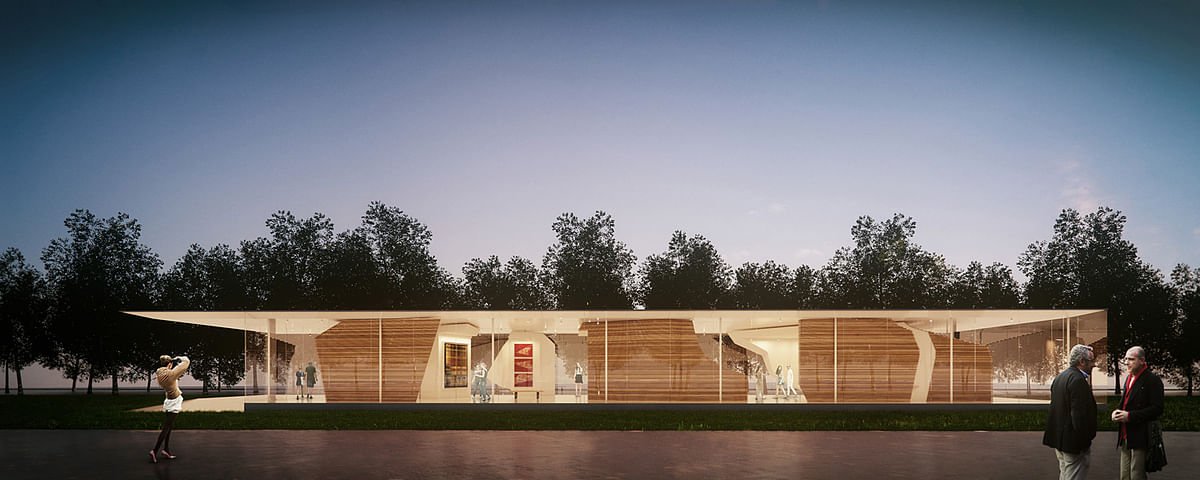
Related
Singaporean online art gallery, The Artling, concluded an open competition earlier this year for the design of a weather-resilient 8,000 sq.ft pavilion structure that would house a Contemporary Asian Art exhibition. Young Singapore-based architectural practices less than 10 years old were invited to submit their proposals.
Locally based 23.5 G-Architects, Bence Pap, and Parsa Khalili won second prize for their entry. Based on the team's concept of "Reconfiguring the pART to Whole", their design consists of movable tectonic pieces to create a highly flexible and adaptable exhibition space.
Scroll down to check out their entry.
Project description:
"Art, understood broadly as the expression of creative capital depicted using a wide array of visual media with the underlyin ambition to convey conceptual, phenomenological, or literal translations of the human condition, stands at a critical cross road today. The institutions that harbor products of art are stuck between the oppositional a nd often contrary needs to either raise a socially motivated consciousness or to engender a purely aesthetic and metaphysical body of work, and thus oscillating between conforming to and completely defying the sociocultural structure it is to serve. As such, the twenty-first century is burdened with the difficult task of making art not only approachable and consumable, but also to ensure its critical reception and preservation."
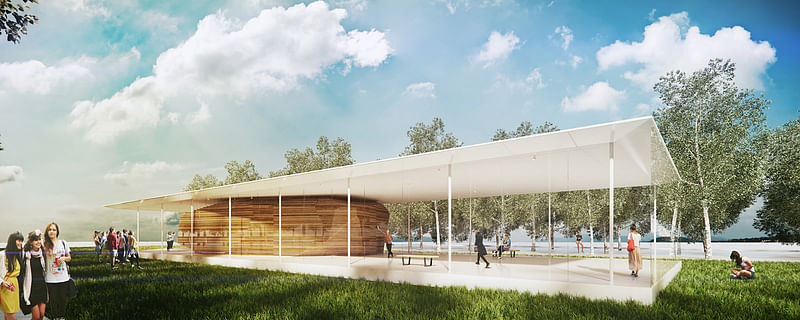
"With this in mind, the Artling Pavilion is designed as a multi-use and highly flexible structure which may serve the needs of the institution both in its o peration during exhibitions and thereafter. The concept begins by the creation of a completely neutral and minimal platform, enclosed and conditioned to provide an empty hull for which a figural architectural object will reside. This hull space, fabricated from a simple and modular construction system, is constructed of readymade standardized industrial elements, is not dissimilar to those used for outdoor events and stage set ups for performances. The figural object will be fragmented in such a way that it may operate both in its closed and open form -- providing two fixed arrangements for the consumption of art and a myriad of possibilities through its open configurability."
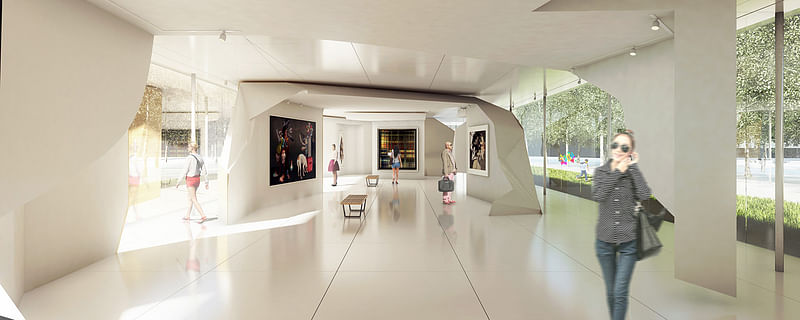
"In its closed orientation, it provides fo a highly intimate and completely interiorized space for private showing and an unobstructed zone within the platform’s limits for open receptions or performances. While in its open orientation, the highly articulated objects breaks apart into a number of semi-autonomous pieces which both more th an doubles the amount of display surface for larger art showings but also creates privatized pockets of space for the possibility of other programmatic needs. It will be fabricated using digital tools of design and fabrication to minimize material waste and maximize efficiency in construction.
Zones of various scales -- such as the VIP dining room, the small auction room, a champagne bar, etc. -- can all be easily implemented and fine-tuned in their absolute dimensions, adjusting to needs of its inhabitants at any given time. The figural objects are situated on light tracks with wheels on the floor to enable the transformation process from their open to closed states. The architecture is reimagined, logistically speaking, almost similar to large scale pieces of urban furniture. The tabula rasa of the empty pavilion hull is thus rendered as a dynamic space; the discrete parts which create the figural object can be recomposed ad infinitum, reconfiguring the use of the space and creating smaller compartments for other uses."
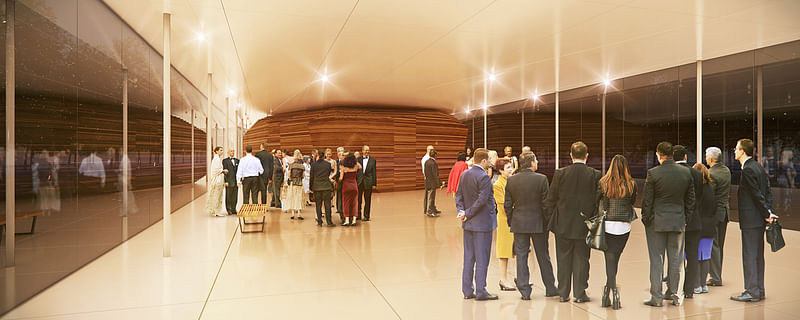
"Additionally, the fractured pieced may also be used bef ore and after the final installation in Marina Bay, working as small kiosks or coffee shops or inf ormation centers throughout the city in any of Singapore’s bustling young neighborhoods, or simply used as marketing tool to promote the Artling organization and raise awareness of its pres ence in the city. Conceptually, the project relies on this notion of flexibility and adaptability to provide a burgeoning new art institution the mobility it needs.
A new generation of art, art production, and art consumption demands an institution which can revitalize its trajectory, aiming to synthesize the dialogue of creation and exhibition while simultaneously redefining its architecture in itself as a work of art. A temporary, movable, and reconfigurable structure possesses the possibility of resolving the adaptive needs of this new understanding of art today."
Find more project images in the thumbnails below.
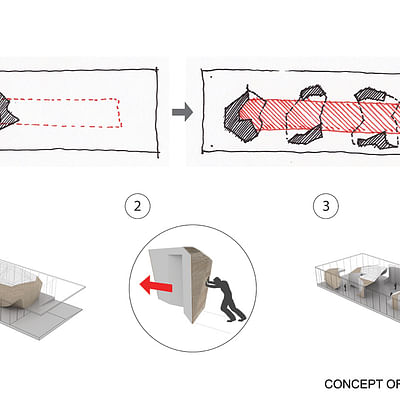
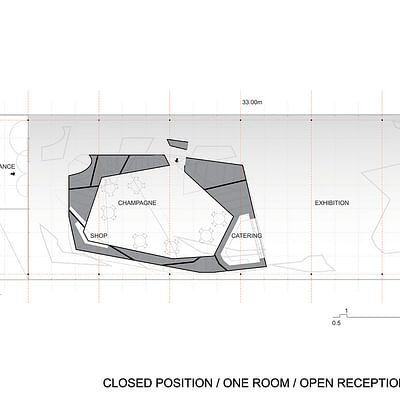

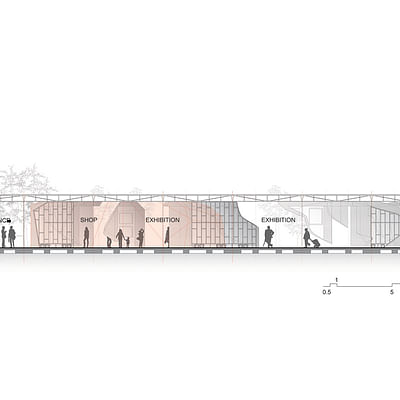
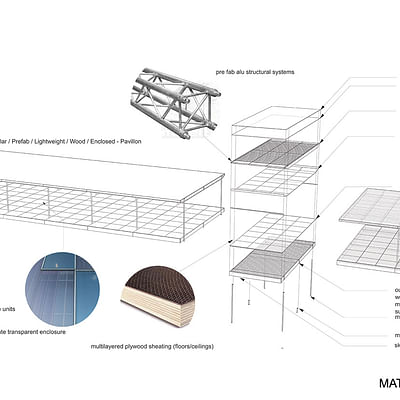

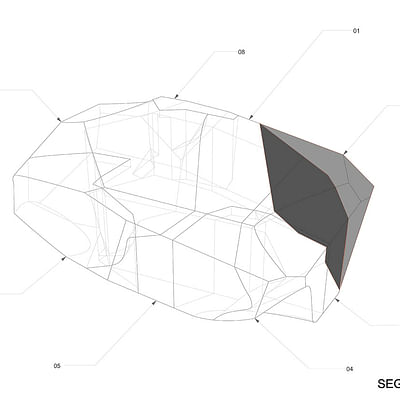

Share
0 Comments
Comment as :